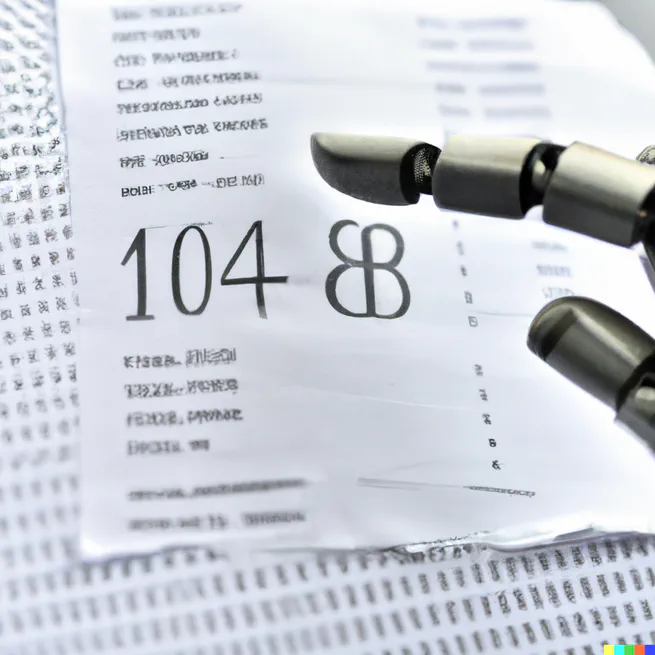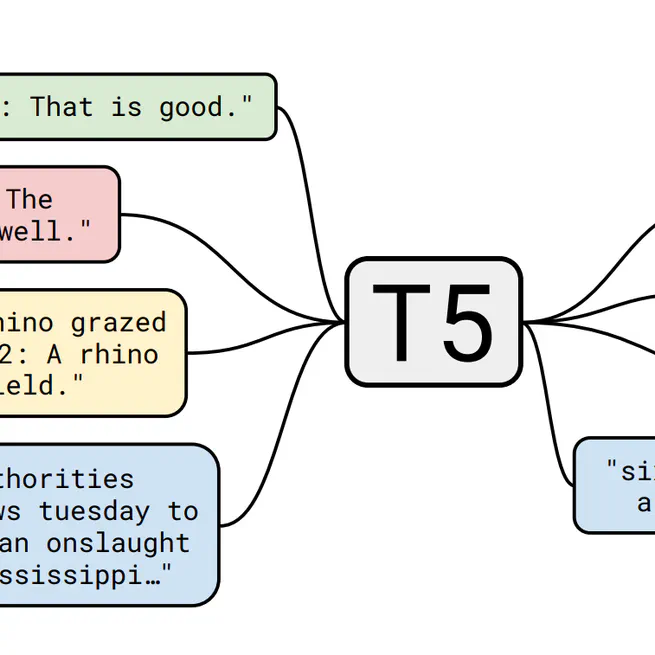
Recently I was asked to come up with a solution to classify a large list of tens of thousands of email addresses based on their details. Although the original request was a bit different, for this blog post I will make the example of classifying the addresses as being from a personal email provider (like Gmail, Yahoo, etc.) or from a business or other institution. I will demonstrate an approach how to use a self-hosted Zephyr-7B model using the Litserve package to perform this task very efficiently.
Jul 17, 2024

Last November ChatGPT has held its first anniversary, after having reached a user base of 180 million active users, making this the fastest adopted technology with an internet user base ever. Now we are a year in, I’d like to explore how the open-source world has caught up with ChatGPT’s success. What is the current state of affairs when comparing open source LLMs to the closed source and proprietary models from OpenAI and others? Is open-source technology able to match or surpass the technology brought by OpenAI in 2022?"
Dec 22, 2023

Retrieval Augmented Generation (RAG) allows for adding knowledge from external sources into a Large Language Model (LLM) prompt. In this blog post I will be using this approach for using an LLM to retrieve data from an SAP S4/HANA system and visualizing the data using Streamlit. You will learn how to build a dashboard converting natural language questions into data visualizations using only a minimal amount of code!
Sep 21, 2023

Large language models are emerging as a tool for solving many information and knowledge-related matters. Back in 2020 GPT-3 made huge improvements in the way that humans are able to interact with an AI, where the model showcased its ability to engage in compelling conversations with a human counterpart. In this article I will showcase how these large language models can be used for answering questions from data stored in tabular form, just as the majority of the world's business data.
Jan 24, 2023

Master data maintenance is a time-consuming activity for many businesses. Companies like retailers selling large amounts of different articles or manufacturing companies processing raw materials into finished goods can easily collect databases containing hundreds of thousands of master data items, which in turn may possess many hundreds of attributes. This blog post proposes a way of populating these attributes by applying a transformer-based Large Language Model.
Jun 28, 2022